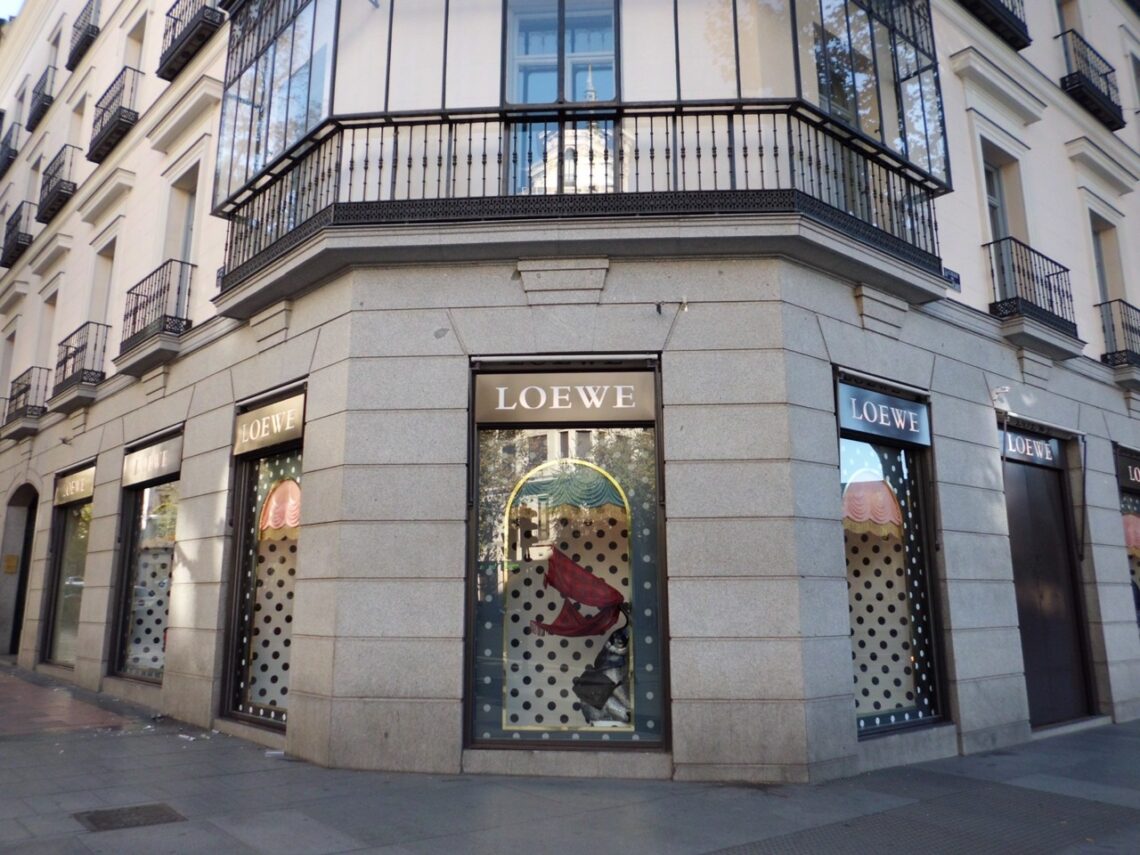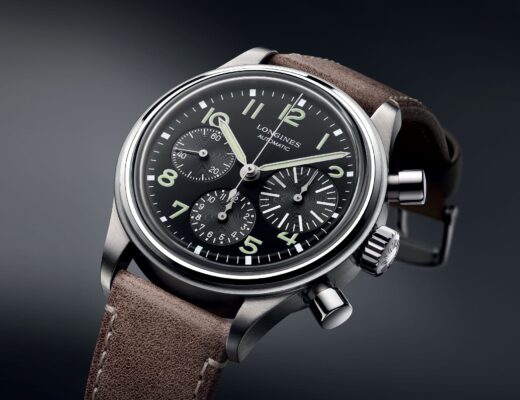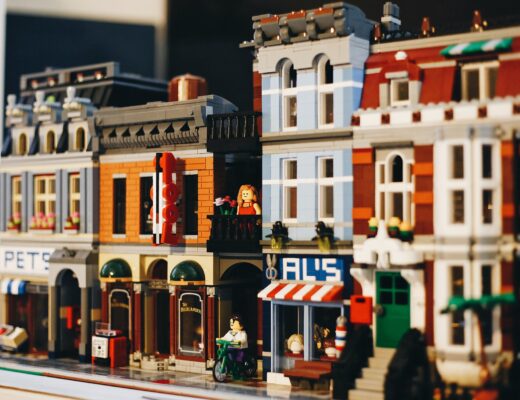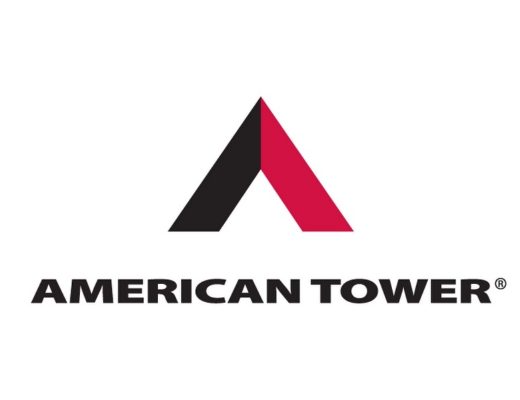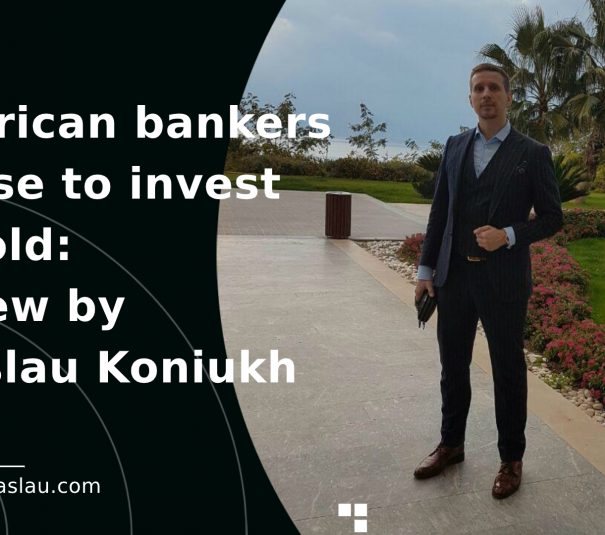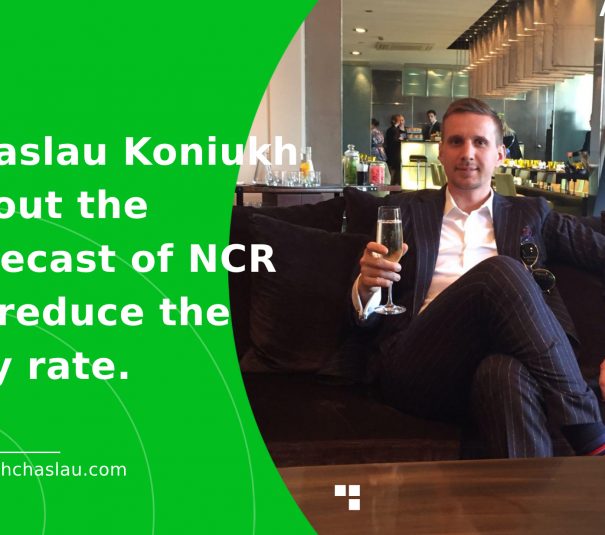How the Loewe brand succeeded in the fashion world
The fashion house Loewe is famous all over the world for its leather goods. The brand’s bags and accessories are a perfect combination of original design and high quality. Fashion geniuses such as Karl Lagerfeld, Laura Biagiotti and Giorgio Armani worked on the collections over the years.
The beginning of the business
The brand’s story began in 1846 when two tailors opened a leather goods workshop in Madrid. After 30 years, Enrique Loewe Rossberg joined the business. The young man not only knew how to sew but also how to sell the products. He put up posters advertising the workshop’s products, which greatly increased the flow of customers.
In 1872, Loewe bought the shop, and a new round of development took place. New products appeared on the market, and the range of leathers was extended. The company became known throughout Spain, including the upper echelons of society. The royal couple was one of the brand’s most famous customers. In 1905, the company was awarded the title of ‘Supplier to the Royal Court’.
The wars did not stop the company from growing and expanding. In 1947, it took a new direction. The company became the exclusive representative of Dior’s New Look brand.
By the 1960s, Loewe was very popular in Spain and beyond. The fashion house decided to try its hand in other directions. It opened its own womenswear line and hired young designers. These were Armani, Lagerfeld, and Biagiotti, about whom nobody knew anything at the time. Over time, the brand expanded into accessories.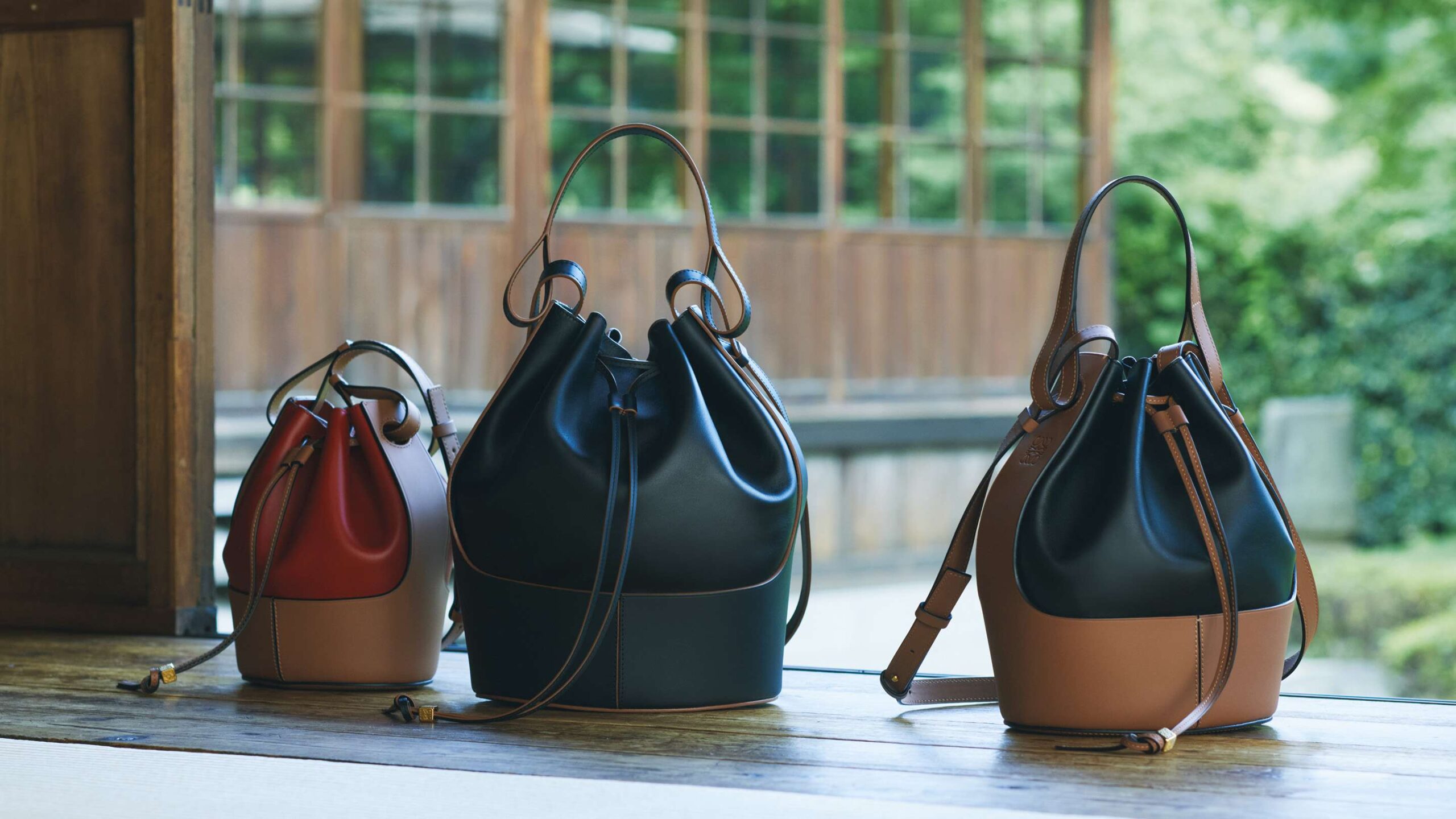
Modern development of the brand
In 1996, the LVMH fashion empire acquired a majority stake in Loewe. This was a significant event for the company, as it allowed the brand to enter the international market. Four creative directors played an essential role in the company’s transformation, including:
1. Narciso Rodriguez, who held the position from 1996 to 2001, retained Loewe’s traditional elements while bringing the products more in line with current trends.
2. José Enrique Oña Selfa took over the company in 2002 and brought back the brand’s focus on leather. Thanks to Selfa, the brand found new customers among the younger generation.
3. Stuart Vevers took over from José Selfa in 2007. Vevers expanded the accessories range and the clothing line, strengthening the brand’s position on the world stage.
4. Jonathan Anderson changed the business development strategy. With him, the fashion house introduced innovations and found a new lease of life. Anderson’s contribution deserves special mention. He was able to demonstrate the brand’s uniqueness in combination with modern technologies. What is more, even the most conservative customers responded positively to these changes. Jonathan created collaborations with rap artists, and the theme of the collections became the metaverse and Minecraft.
Despite the radical changes and the work with a young audience, Loewe has maintained its aesthetic, which makes the brand recognisable worldwide.
